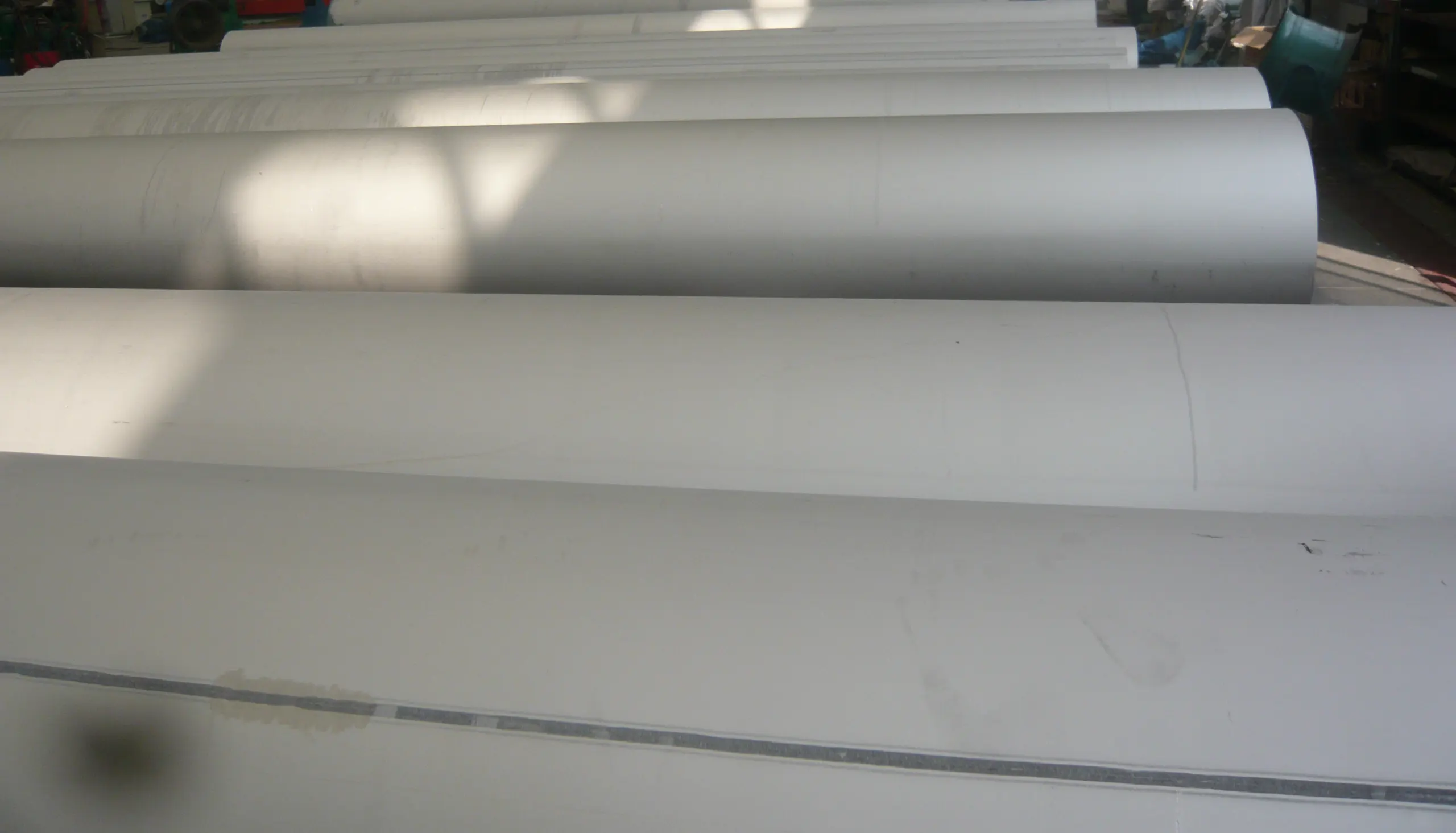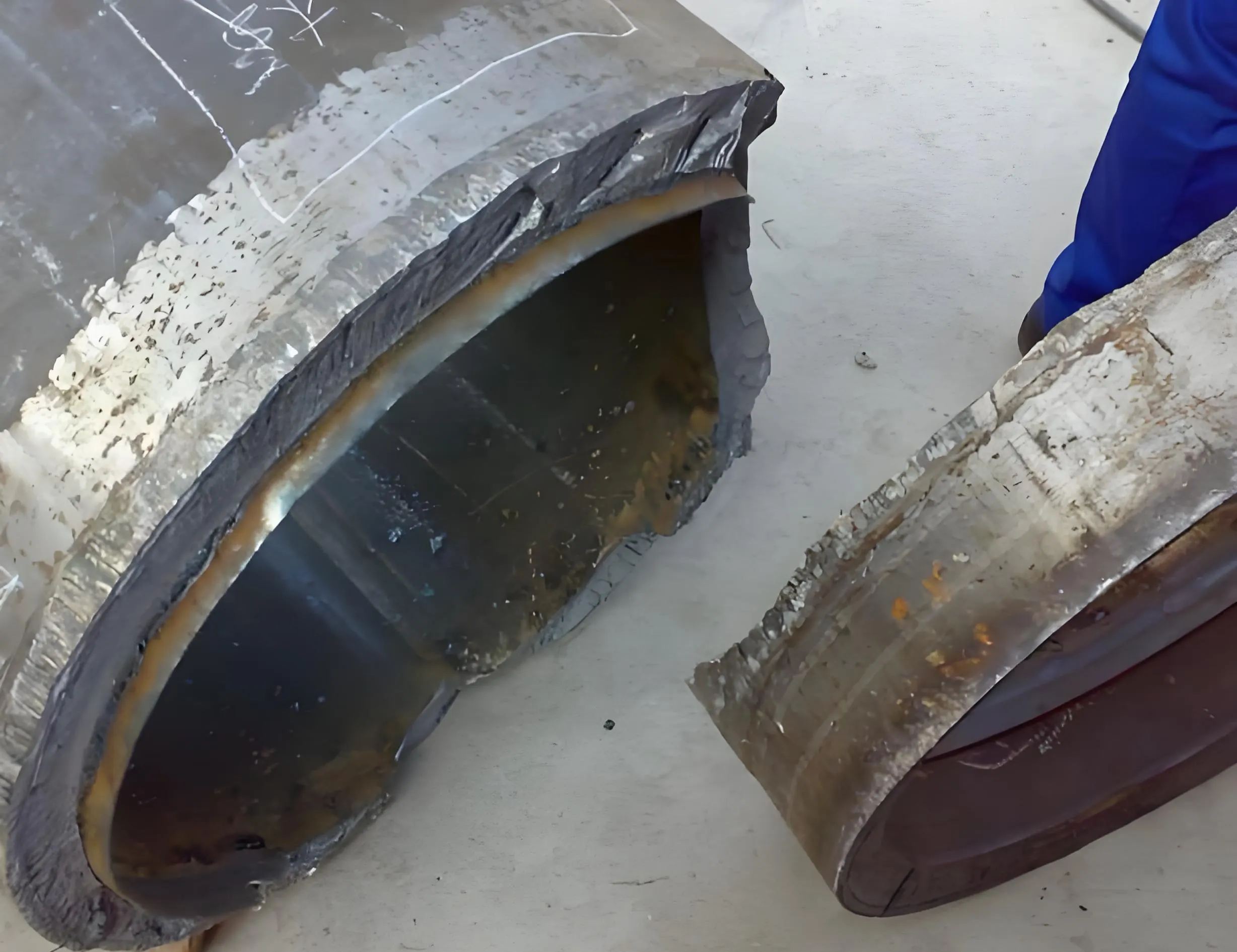O que é carbeto em aço inoxidável? ? Tubos de aço inoxidável e acessórios são amplamente utilizados, mas apresentam pontos fracos. Os carbonetos são formados sob condições específicas e podem afetar seriamente o desempenho. Isso pode fazer com que seu sistema de tubulação entre em colapso.
O que é carbeto em aço inoxidável? Compostos microscópicos!
Os carbonetos são compostos formados quando os átomos de carbono se combinam com os átomos de metal. Em aços inoxidáveis, cromo Os carbonetos são os mais comuns e se formam especialmente quando aquecidos. Eles podem aparecer nos limites dos grãos e podem alterar as propriedades do material. Às vezes, essa alteração é prejudicial.
O efeito dos carbonetos no aço inoxidável
Os carbonetos de cromo consomem cromo. Ao extrair o cromo das áreas vizinhas, essas áreas perdem sua resistência à corrosão. Isso torna o material vulnerável a ataques, o que é chamado de sensibilização.
A rede de carboneto torna o aço inoxidável frágil e reduz a ductilidade. Isso aumenta o risco de rachaduras sob tensão. Isso pode comprometer a integridade mecânica do material.
A formação de carboneto reduz a resistência. Isso significa que o material absorve menos energia antes da fratura. Isso é fundamental em aplicações sujeitas a cargas de choque.
Os carbonetos são formados durante a soldagem, o que afeta a zona afetada pelo calor (HAZ). Isso pode levar à corrosão intergranular após a soldagem, portanto, o método de soldagem correto é essencial.
Esses efeitos negativos reduzem a vida útil do material. Ocorrem falhas, o que leva a reparos caros e maior tempo de inatividade.
O que é um carboneto comum em aço inoxidável?
| Tipo de metal duro | Descrição | Condições de formação | Impacto primário |
|---|---|---|---|
| Crómio Carbetos | Rica em Cr, contendo C | Faixa de temperatura de sensibilização (450-850°C) | Corrosão intergranular |
| Molibdênio Carbetos | Rico em Mo, contendo C | Altas temperaturas, longa exposição | Fragilização |
| Titânio Carbetos | Rico em Ti, contendo C | Durante a solidificação, a estabilização | Neutraliza o carbono |
| Carbetos de nióbio | Rico em Nb, contendo C | Durante a solidificação, a estabilização | Neutraliza o carbono |
O que fazemos
Estratégias de controle de carbonetos
| Estratégia | Ação | Benefício para o aço inoxidável |
|---|---|---|
| Graus de baixo carbono | Uso "Graus "L (por exemplo, 304L, 316L) | Reduz a formação de carbonetos |
| Grades estabilizadas | Adicione Ti ou Nb (por exemplo, 321, 347, 316Ti) | O carbono forma carbetos estáveis |
| Recozimento de solução | Tratamento térmico de alta temperatura, resfriamento rápido | Dissolve carbonetos, restaura o Cr |
| Soldagem adequada | Controle da entrada de calor, resfriamento rápido | Minimiza sensibilização |
| Tratamento pós-soldagem | Limpeza, passivação | Restaura a camada protetora |
O que é carboneto em tubos e conexões de aço inoxidável?
A formação de carboneto é uma grande preocupação para tubos e conexões de aço inoxidável. Isso é especialmente verdadeiro após a soldagem.
- Juntas soldadas: A zona afetada pelo calor (HAZ) é frágil. Os carbonetos podem se formar durante a soldagem, levando a corrosão intergranular.
- Serviço em alta temperatura: Os tubos que trabalham em altas temperaturas correm o risco de sensibilização devido à exposição prolongada. Isso pode levar a degradação.
- Ambientes corrosivos: As áreas sensíveis são suscetíveis à erosão e são corroídas mais rapidamente do que o material hospedeiro. Isso pode levar a vazamentos e falhas.
- Processos de fabricação: Qualquer aquecimento durante a fabricação pode induzir carbonetos, incluindo operações de dobra ou moldagem. Por esse motivo, o controle adequado é essencial.
Fornecimento de componentes confiáveis
Escolha um fabricante que tem ampla experiência com aço inoxidável e que entende suas propriedades exclusivas. Isso garante ótimos resultados de moldagem.
Procure recursos de ferramental de última geração, pois o ferramental de precisão é essencial e pode afetar a qualidade e a consistência das peças.
Garantir o rigor qualidade verificações estão em vigor, incluindo verificações dimensionais, etc. Verificação da integridade do material e relatórios de testes de materiais também são fundamentais.
Trabalhar com fabricantes de renome que oferecem produtos confiáveis de aço inoxidável e têm certificações(por exemplo ISO 9001 e CE-PED).
Confirme se o fabricante pode atender aos seus requisitos de volume de produção. Ele deve lidar tanto com a prototipagem quanto com a produção em volume.
Talvez você também queira ler:
O que são os aços inoxidáveis H e L - Duplex Pipe
Degradação de materiais de aço inoxidável
O que é deformação por fluência em aço inoxidável?
O que é endurecimento por envelhecimento do aço inoxidável?
O significado das letras após as classes de aço inoxidável
Aço inoxidável versus aço carbono: Qual é o melhor para tubos e conexões?
Como amolecer o aço inoxidável? Quais são os benefícios e as desvantagens?
Contate-nos
- RM901 No.22 Tangjiaqiao Road Wenzhou China
- +86 577 8551 1171
- [email protected]
- https://www.kaysuns.com/



